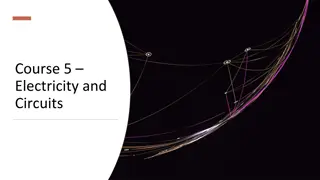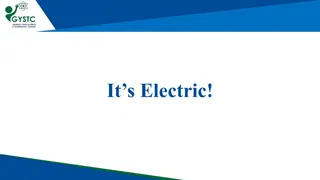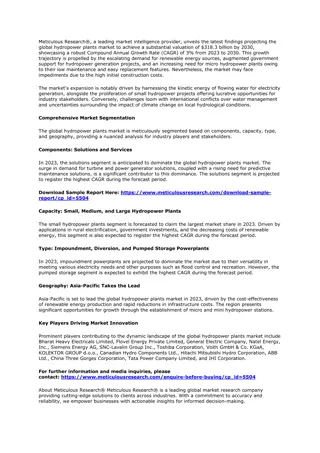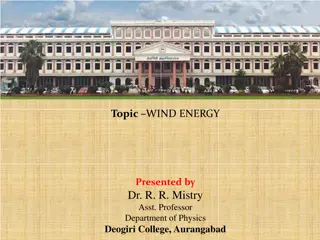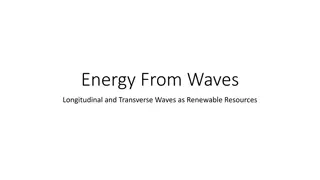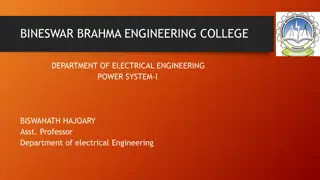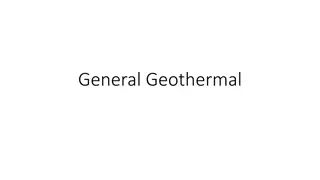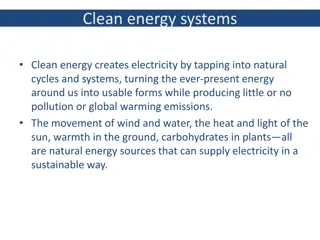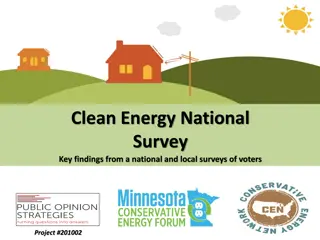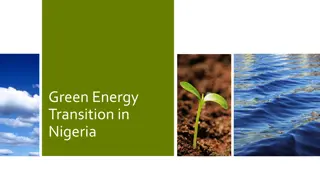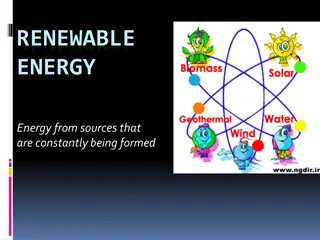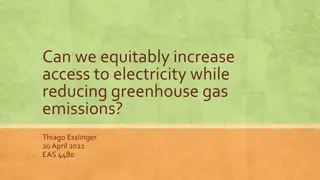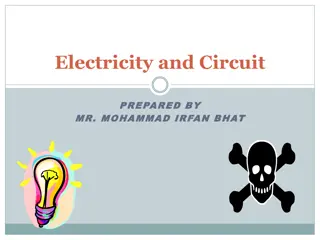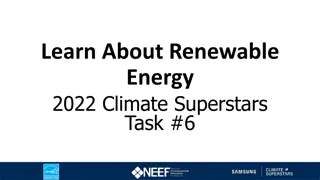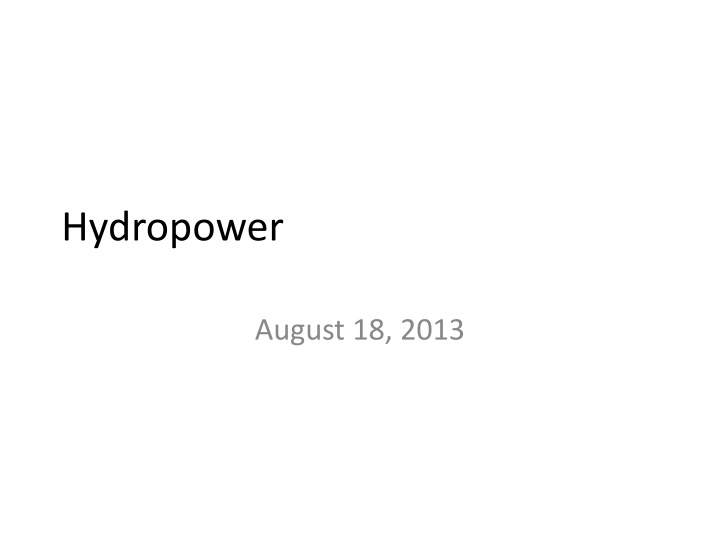
Hydropower: Harnessing Nature's Energy for Electricity Generation
Hydropower is a renewable energy source that utilizes the force of flowing water to generate electricity. Countries worldwide tap into this abundant resource, with notable power plants like the Three Gorges Dam in China showcasing its potential. The process involves converting potential and kinetic energy of water into electrical power, showcasing high efficiency and reliability. While hydropower offers numerous benefits, such as being a mature technology and relatively low-cost, it also poses environmental and social challenges like impacting water quality and leading to legal disputes over water rights. Understanding the intricacies of hydropower generation is crucial in balancing its advantages and disadvantages to ensure sustainable energy production.
Download Presentation

Please find below an Image/Link to download the presentation.
The content on the website is provided AS IS for your information and personal use only. It may not be sold, licensed, or shared on other websites without obtaining consent from the author. If you encounter any issues during the download, it is possible that the publisher has removed the file from their server.
You are allowed to download the files provided on this website for personal or commercial use, subject to the condition that they are used lawfully. All files are the property of their respective owners.
The content on the website is provided AS IS for your information and personal use only. It may not be sold, licensed, or shared on other websites without obtaining consent from the author.
E N D
Presentation Transcript
Hydropower August 18, 2013
Almost every country has at least a little bit of hydropower.
The largest power plant of any kind in the world is the Three Gorges Dam. Location: China. Installed Capacity: 22.500 GW Figure courtesy of Wikipedia
In its simplest form, hydropower comes from potential energy P= g * * Q * Hl Pth = power theoretically available (W) = density (kg/m3) (~ 1000 kg/m3for water) Q = water flow (m3/s) g = acceleration of gravity (9.81 m/s2) H = falling height, head (m) It can also be derived from flowing water, but that is rare and we will not discuss that here.
What would be the height (H) and water flow (Q) on Niagara Falls? Figure courtesy of Wikipedia
What would be the height (H) and water flow (Q) on this dam? Figure courtesy of Wikipedia
Yes, water flows from the reservoir across the generator to make electricity. Figure courtesy of Wikipedia
Hydropower pros High efficiency Flexibility Reliable Mature technology Cheap Relatively pollution free
Hydropower cons Source of greenhouse gases (due to displaced trees and increase in algae). Decreases water quality Floods large areas (e.g., people s homes) Multiple legal issues (e.g., international discussions over water rights)
Environmental & Social Impacts Environment Local x Regional impacts Water quality Sediments Fish and the fish transposing systems GHG fluxes in the reservoirs Social The dam construction People Reallocation Land use Conflicts

